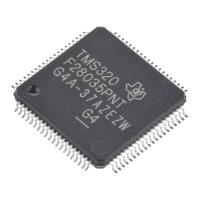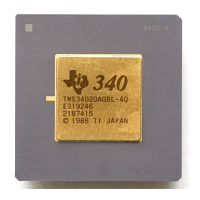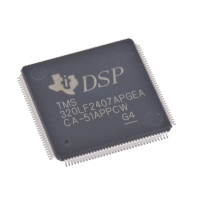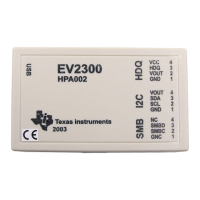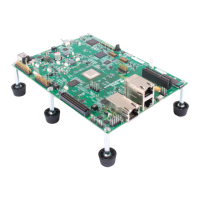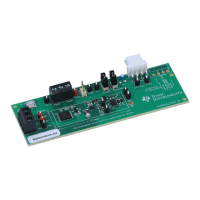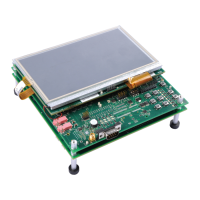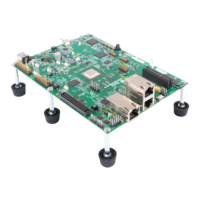11
August ’01 Chapter 1. Product Description
Table 1: Description of the Device’s Pins
Pin # Pin Dir Description
1 GND - Device ground pin. It is the ground potential for all device signals.
2 VCCO Out
Output of the on-chip voltage regulator. This voltage regulator
regulates the VCL voltage down to 3.0 V (nominal). The VCCO voltage
is used to supply internal logic, as well as the external Micro-computer
(in Backup Mode). The VCCO output has a de-coupling feature, in
case an externally applied voltage at pin VCCO exceeds the VCCO
voltage. It also ensures that the battery is not discharged via VCCO.
3RF3In
Device connection pin for the antenna resonator 3. The antenna
resonator consists of a low Q, parallel LC circuit. The other end of the
resonator is connected to pin VCL.
4 TDAT I/O
This is the 'Test Data' input and output for the test and configuration
interface. When data has to be shifted in, the data has to be applied at
TDAT. When test results are to be shifted out, the data is available at
pin TDAT.
5TENIn
Test Enable input for the test and configuration interface. The test
command is shifted in when TEN is low. The test command is
activated by setting TEN to high.
The TEN pin is also used to apply the programming voltage for the
EEPROM cells.
6 VBAT In
Device supply pin for the Transponder's Passive Entry circuitry. A
battery with 3.0 V nominal supply voltage must be connected here. A
capacitor equal to or greater than 22 nF should be connected between
VBAT and GND to buffer the VBAT supply.
7EOBAOut
Output of the 'End of Burst' Detector. The Microcomputer receives
amplitude modulated commands and data from the Base Station via
this pin. The Microcomputer might use the EOBA signal together with
the signal CLKA/M to demodulate the received signals. However it is
not a must to demodulate the EOBA signal using the CLKA/M signal.
8 CLKA/M Out
Clock output pin of the Wake Detector Clock Regenerator. This clock
signal can be used for demodulation of the received EOB signals. It
can be switched off by the configuration Memory.This pin has a second
function when the Backup Mode is active. If TX = high the output
represents the signal of Antenna 1 Transmission Mode Clock
Regenerator divided by 16 (CLKM). This clock signal is used by the
Microcomputer to assert data to the MOD input synchronized to the
carrier signal. CLKM output is not influenced by the configuration
Memory option.
9 WAKE Out
Wake Detector output pin. When the 3D AFE device has detected a
RF signal above the relevant threshold for a required time and if a
correct WAKE Pattern has been detected, this output is set to logic
high level in order to wake the Microcomputer.
10 WDEEN
This is the device's 'Write Distance Expander Enable' input pin. The
Passive Entry circuitry on the device is enabled when pin WDEEN is
set to high

